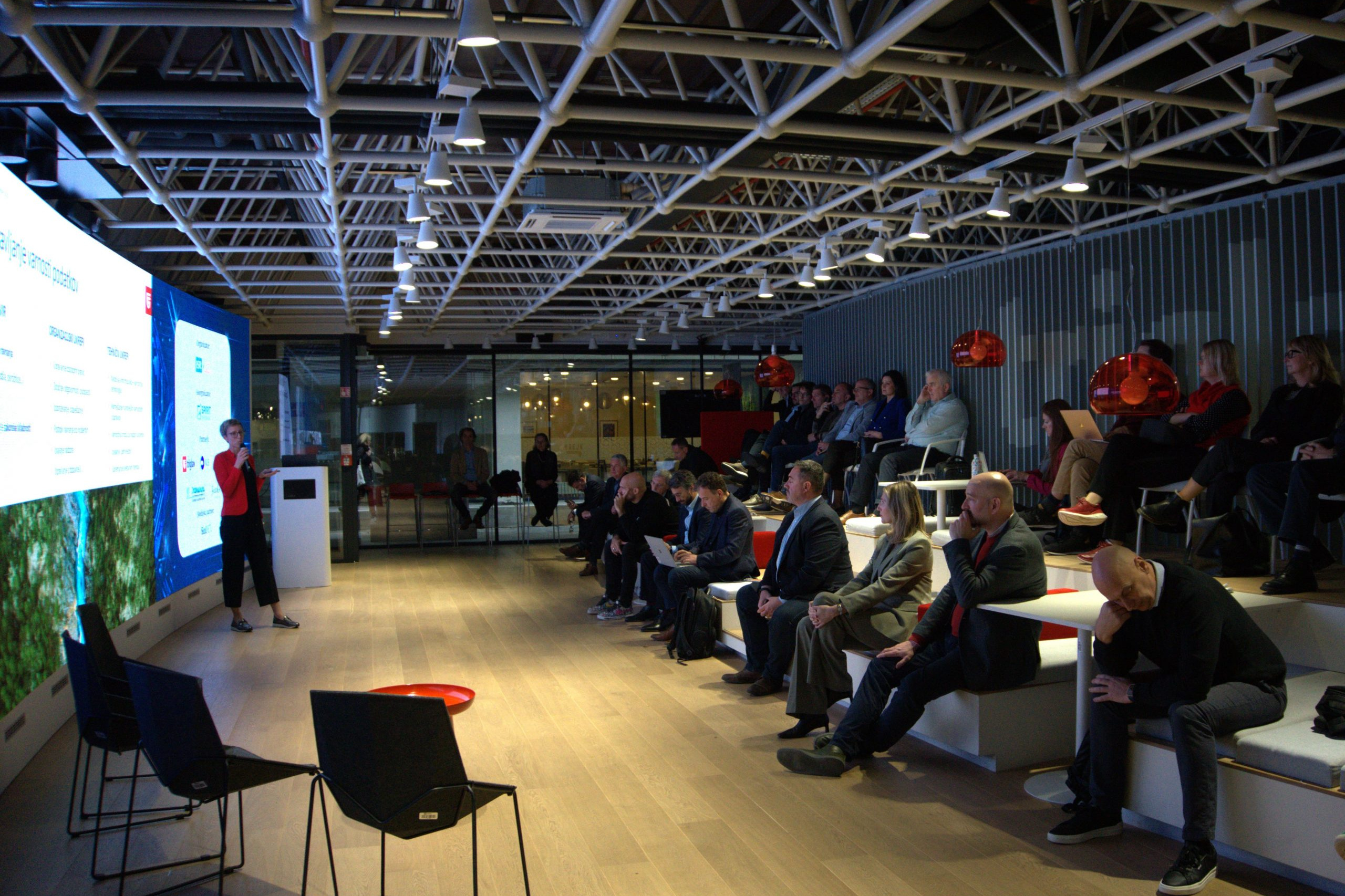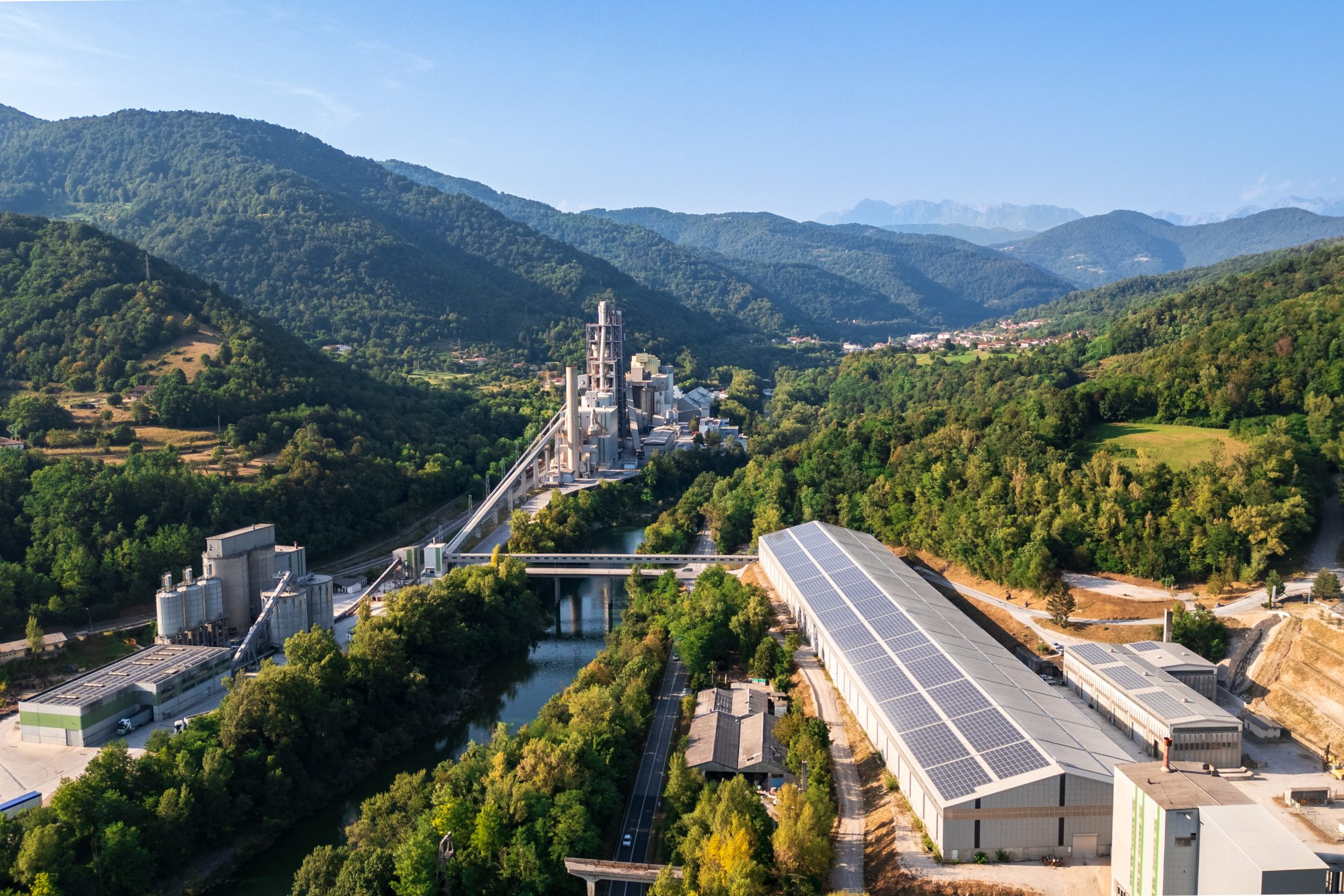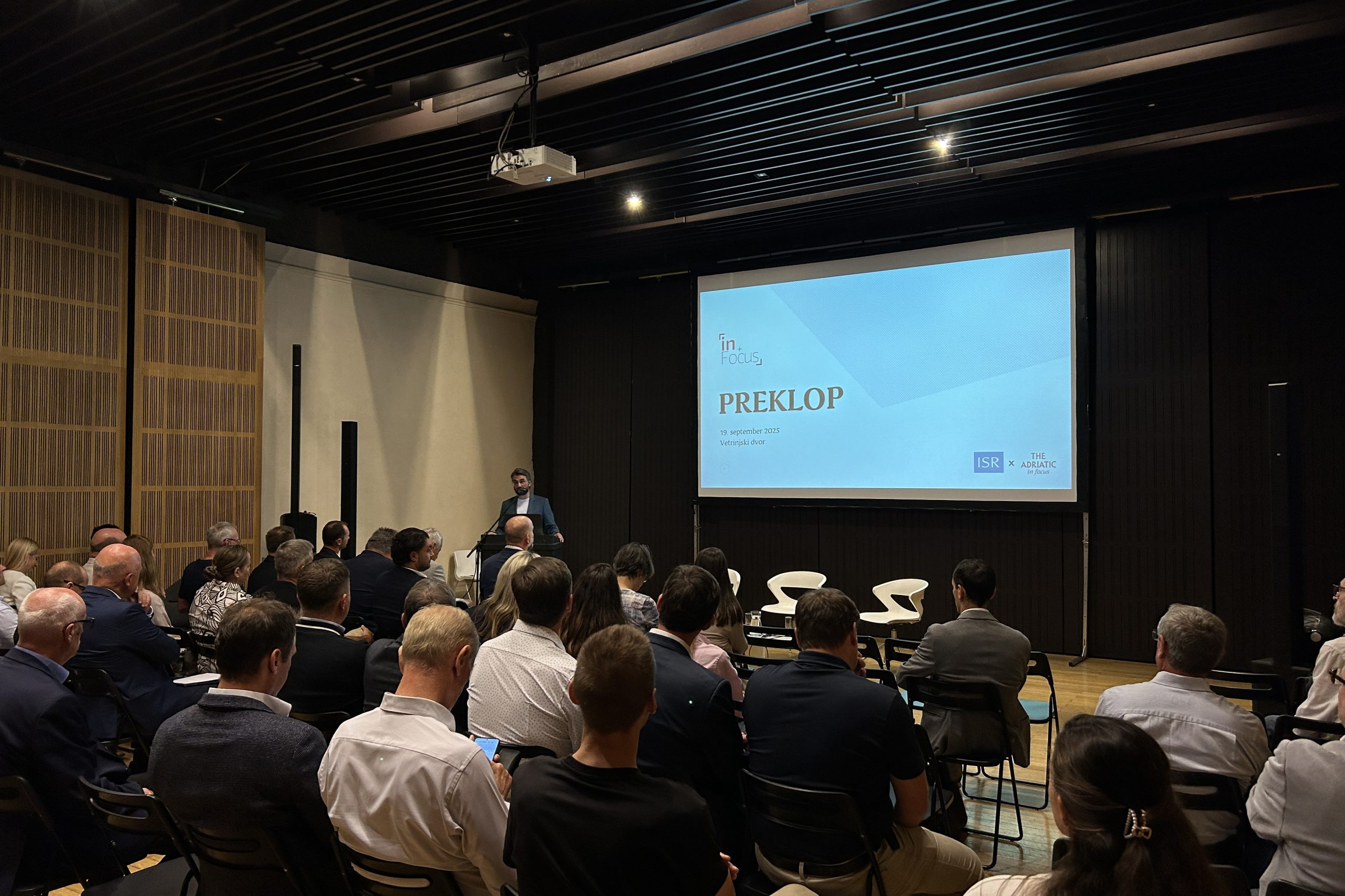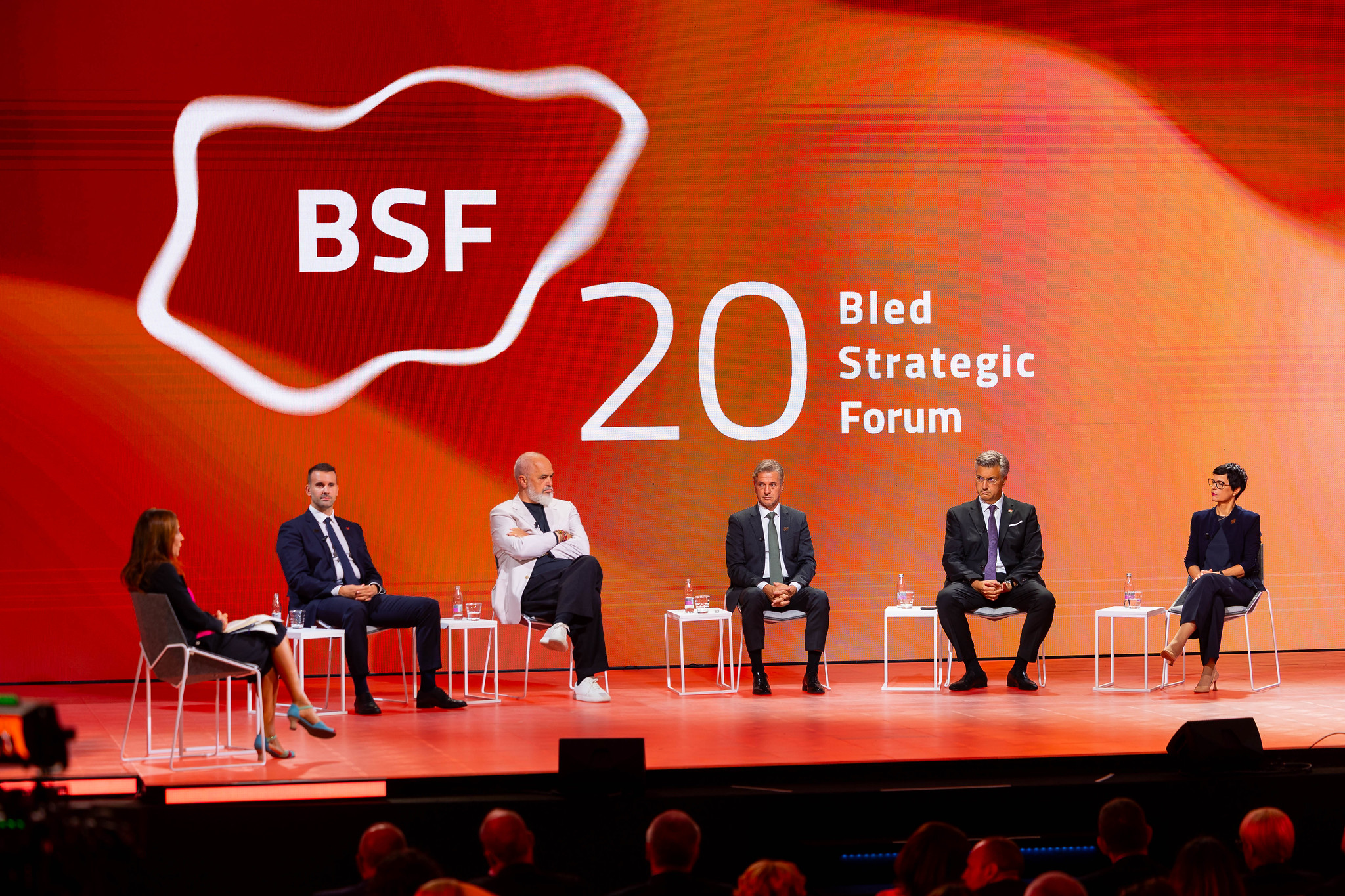The Artistic Legacy of the Sarajevo Olympics
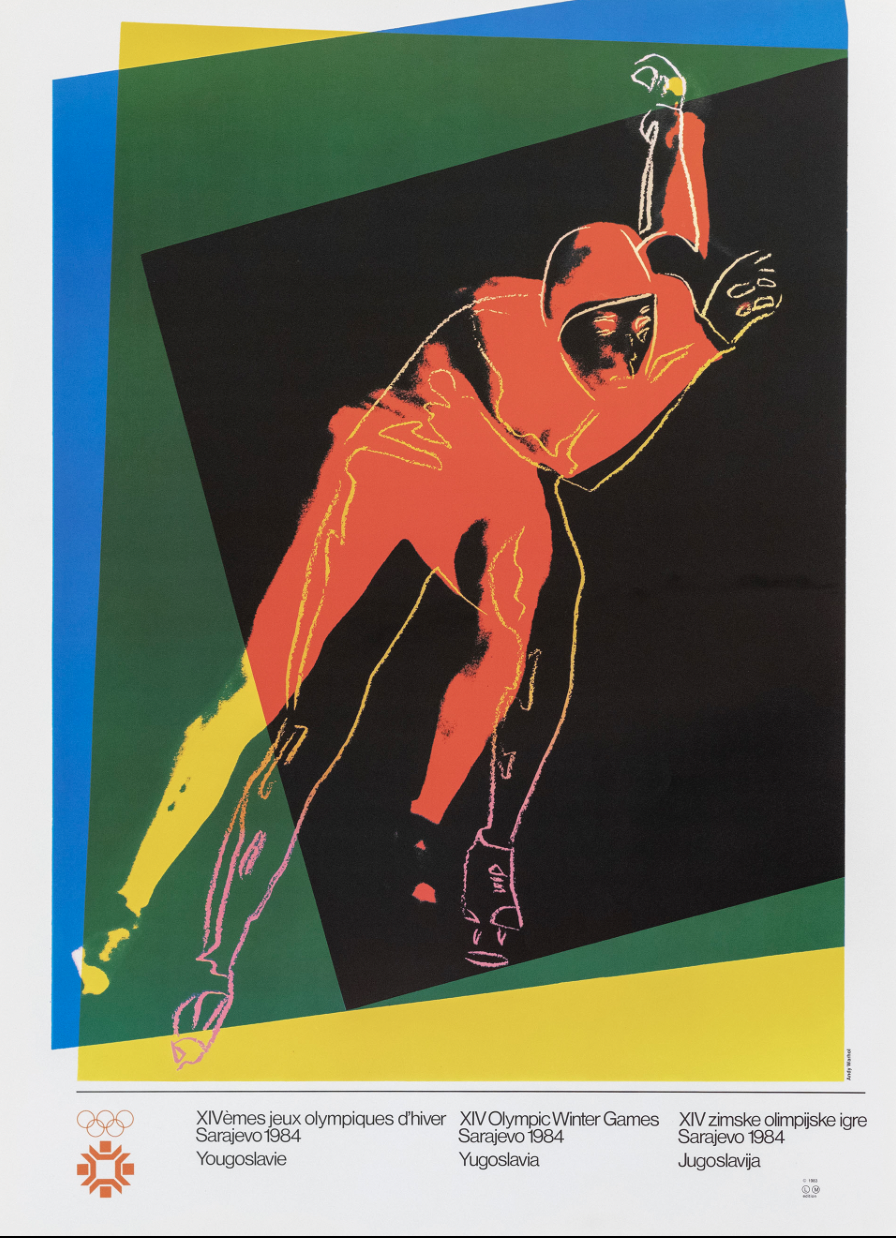
As we mark four decades since the 1984 Olympics in Sarajevo, it’s a time not only to reminisce about the organisational feats and athletic achievements of the winter games but also to celebrate an extraordinary effort that added a cultural and artistic dimension to this global festivity. Spearheaded by Lazo Vujić and his wife Živa Škodlar Vujić, owners of the Visconti Fine Art gallery in Ljubljana, the Sarajevo Olympics Art Project brought together 18 renowned artists from around the world to create works that encapsulated the spirit of the games.
Maja Dragović
“The idea originated from the graphics portfolio developed for the Munich Olympics in 1972,” recalls Lazo, tracing back to the project’s inception. “At that time I had galleries in Milan and Vienna. One day at home, I accidentally watched the jubilant celebration of Sarajevo winning the Olympics on television which sparked the inspiration. I turned to Živa and said, ‘I’ll go to Sarajevo to offer the Art project.’ And so, it began.”
Despite the Sarajevo Olympics Committee lacking the financial means to support the project, their endorsement provided a crucial boost. “Politicians recognised the potential of culture in promoting our country,” emphasizes Lazo.
But embarking on this venture proved financially daunting, as the Vujić funded the project independently. “Living in a communist country, with Živa based in Ljubljana and myself seeking opportunities globally, securing partners was imperative,” explains Lazo. Živa’s invaluable expertise as an art historian and curator of the International Graphic Biennial proved instrumental in navigating the artistic landscape.
The project commenced in autumn 1982, with less than a year to finalise everything before the Olympics. “Promoting the project before the games was crucial,” emphasizes Lazo. “We strategically utilised museum exhibitions, television, and other mediums to showcase the artistic creations and the Olympic spirit.”
Strong connections
Establishing connections with artists like Henry Moore and Andy Warhol was pivotal. “Moore’s endorsement propelled the project forward,” Lazo recalls. “When he heard it was for Yugoslavia, he immediately said ‘I’m in!’ He didn’t ask anything.”
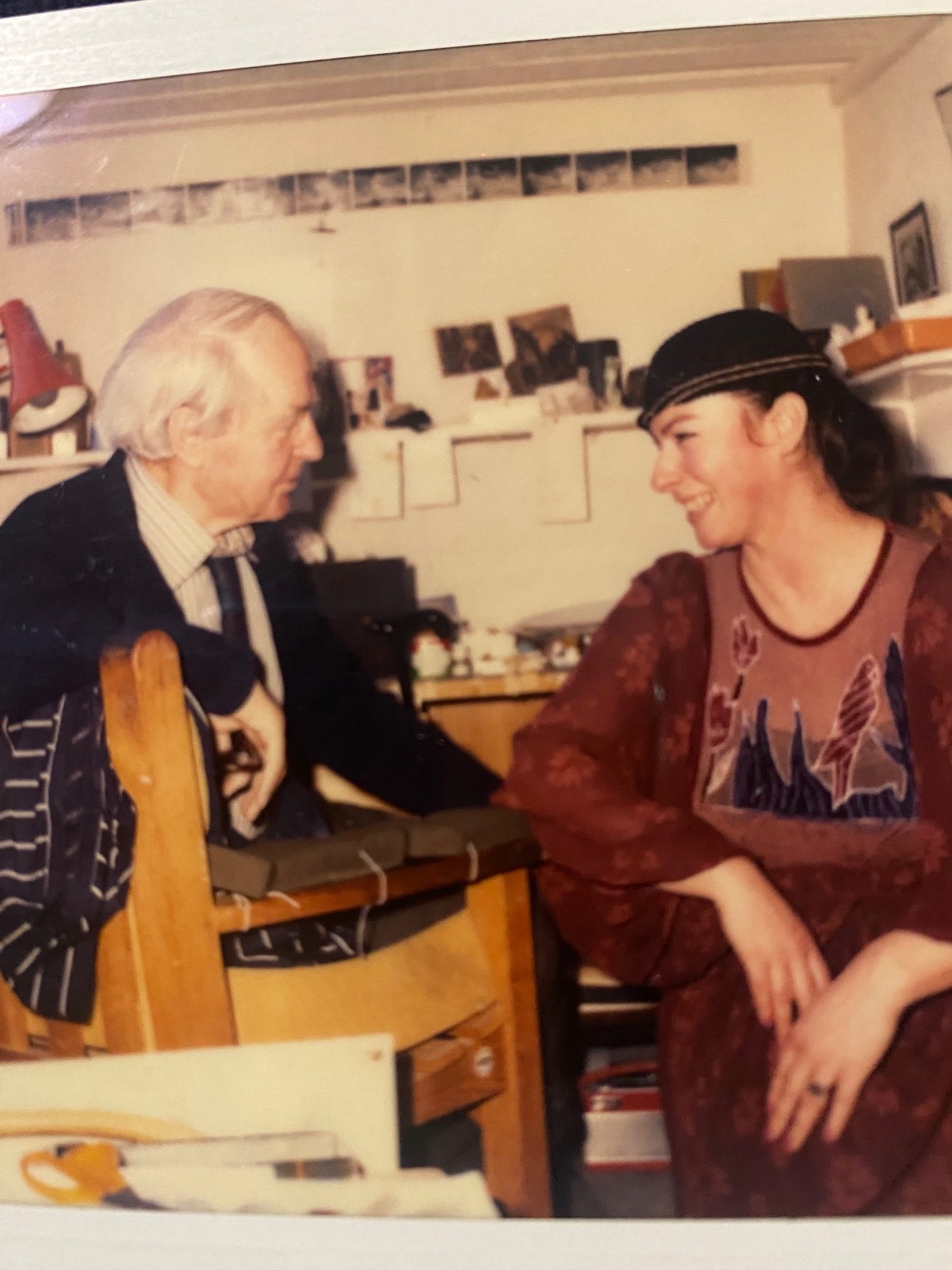
Živa adds that coming from Yugoslavia at that time was an advantage, helping to open doors: “Yugoslavia meant something then. We were some kind of exotic enigma.”
After meeting Moore in London, they flew to New York to meet Andy Warhol. “When he received me, his business manager Frederick Hughes was with him,” Lazo recalls. “Warhol was walking in front of me and asked, ‘Who else do you have in the project?’ I told him ‘I’ve just been with Moore two days ago.’ He then said, ’If Moore’s in, I am in, too.’ And that was it. Then he just asked me ‘When does the project need to be finished?’ adding straight away: ‘I know, yesterday!’”
Challenges abounded, from organisational logistics to financial strains incurred through extensive travel. Yet, the culmination was a portfolio boasting original prints from esteemed artists, each imbued with the essence of the Olympics: Piero Dorazio, Jean-Michel Folon, Emilio Greco, Gottfried Helnwein, Howard Hodgkin, Hwang Kyu-Baik, Jiri Kolar, Henry Moore, Friedensreich Hundertwasser, Dzevad Hozo, Mimmo Paladino, Michelangelo Pistoletto, David Hockney, James Rosenquist, Giuseppe Santomaso, Gabrijel Stupica, Cy Twombly, and Andy Warhol.
Three other artists – Milton Glaser, a popular graphic designer at the time who created the I Love New York logo; Yozo Hamaguchi from Japan; and Francesco Clemente from Italy – provided motifs which were featured as posters, printed in limited series.
Cherished memories
Reflecting on cherished memories, the couple recounts moments spent with Henry Moore and the vibrant New York art scene.
“The most beautiful memories are the times we spent with Henry Moore. We were guests at his estate outside London several times, afternoon teas and conversation at his home were charming,” Živa recalls.
Lazo further reminisces: “In New York at that time, there was always a party somewhere. Once, James Rosenquist was celebrating his birthday, and the entire art world was there. I’m at the airport due to fly to California, and he says to me ‘you’ll regret it’ and then lets me hear a jazz band play in the background. I stayed, of course!”

It was Robert Rauschenberg who introduced them to Rosenquist. “Rauschenberg was not only kind as a person but extremely welcoming,” says Živa, adding, “Rauschenberg’s warmth and Rosenquist’s joviality remain etched in our memories.”
The Sarajevo Olympics Art Project stands as a testament to the transformative power of art, uniting nations in a celebration of creativity and athleticism. Amidst the echoes of history, it remains a beacon of cultural splendour and artistic legacy.
Some of the original prints from the Sarajevo Olympics portfolio are exhibited at the Visconti Fine Art gallery in Ljubljana. They are also available to purchase – for more information visit www.viscontifineart.com



